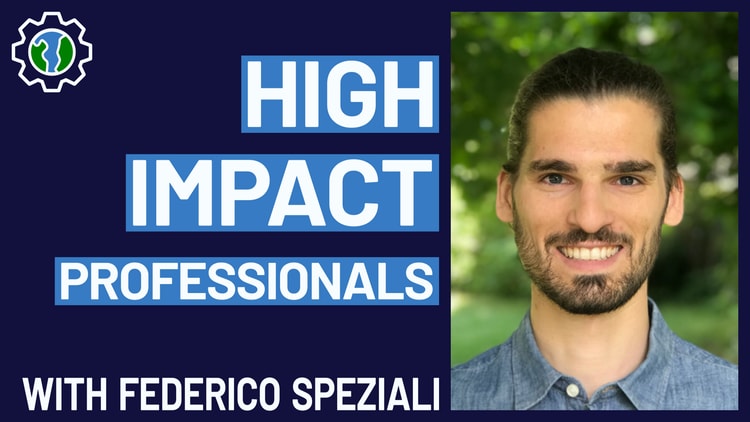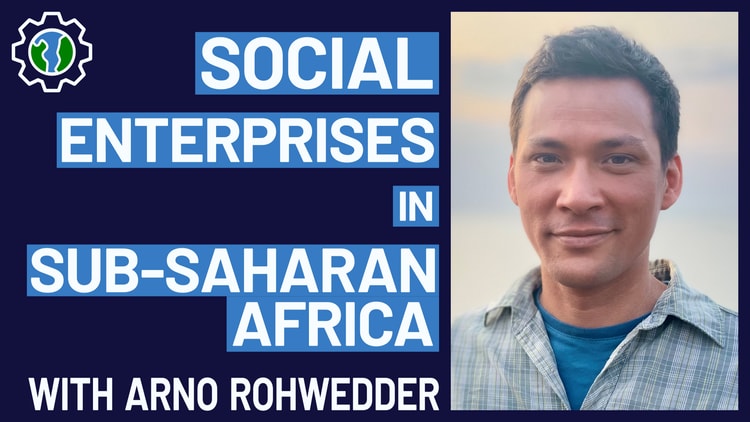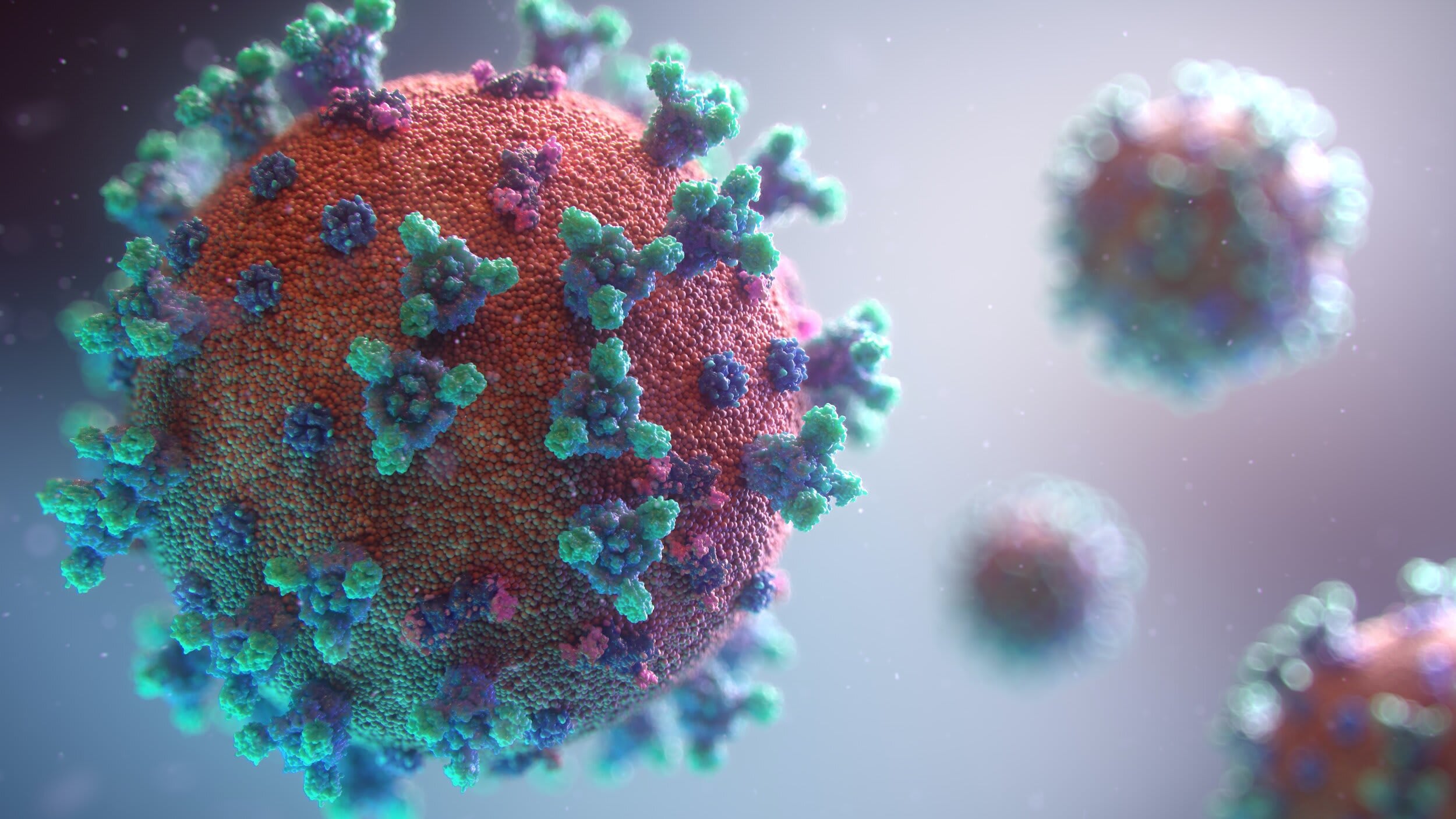Cross-posted from the High Impact Engineers Resource Portal. You can view the most up-to-date version on the Portal.
Summary
Despite the huge medical advances and economic development of the past few centuries, in many parts of the world, large numbers of people suffer and die from easily preventable illnesses or live lives of economic hardship below the global poverty line.
Besides the high earning potential that means engineers could very effectively earn to give, engineers have many skills that can contribute to global health and development. Examples include: having strong analytical and research skills that could contribute to evaluating charities; collaboration, problem-solving, and being results-oriented could make engineers suited to starting a high-impact charity; contributing to or starting social enterprises in LMICs to help accelerate economic growth; and volunteering or working at an existing high-impact project.
Uncertainty
Most of the content of this article is based on research by Our World in Data, GiveWell, and the World Bank. Although effective giving is one of the most effective ways to have an impact on global health and development, we have often been asked how engineers could also contribute with their skills. Given this approach, we feel substantially confident in the recommendations in this article but would like to emphasise that giving effectively in this area can often be much more impactful than working directly on global health and development.

Cityscape of Kathmandu, Nepal. Photo: v2osk / Unsplash
Cause area overview
Introduction to global health and development
Despite the huge medical advances and economic development of the past few centuries, in many parts of the world, large numbers of people suffer and die from easily preventable illnesses or live lives of economic hardship below the global poverty line.
Research from the world bank estimates that 8.5% of the global population (over 650 million people) live below the global poverty line of $2.15 per day. These people struggle to feed, clothe, educate, and shelter themselves. Even a small increase in their income in absolute terms would significantly improve their quality of life.
These people also struggle to receive even basic medical treatment for cheaply alleviated illnesses. This causes a great deal of unnecessary suffering for them, their families and those in their community.
Poor public health can also have strong second order effects such as:
Reduced productivity and issues with employment due to physical or mental challenges.
Higher birth rates to compensate for infant mortality.
Reductions in educational attainment.
In this article, our primary focus will be on enhancing health and alleviating poverty in LMICs (low- and middle-income countries), as these outcomes have long been viewed and recognised as beneficial. There are other outcomes such as improving overall wellbeing and increasing freedoms that are viewed as more fundamental by various academics in the development studies space but they are often more disputed, challenging to assess, and lack thorough examination of associated interventions.
Biggest challenges in global health and development
Some interventions in global health and development have been extremely successful and their positive effects are backed by extensive quantitative research. These interventions however often suffer from a lack of resources and specific skilled workers to scale up.
Various approaches have been taken to improve economic conditions for people living in poverty. Because of the complexity of the systems at play, good quality research on how to create long-term economic improvement is difficult to conduct. Recently evidence has emerged that direct cash transfers and universal basic income schemes may be an especially efficient way of giving financial aid to poorer communities.
Organisations such as Engineers Without Borders, Open Source Hardware, and Bridges to Prosperity that take the approach of improving local infrastructure to facilitate better local facilities and spur economic growth may be especially of interest to engineers. Although sometimes their interventions are less rigorously evidence based, they attempt to target interventions to the needs of poor communities and much of their work has greatly helped those in need. The organisation Bridges to Prosperity has even received funding from GiveWell, a charity evaluator well known for its rigorous evidence-based funding process, to evaluate their effectiveness.
Many of the most effective medical interventions do not require any advanced medical training to be administered, but are lacking skilled workers with other backgrounds. This includes interventions such as distributing malaria bed nets, vaccination programs, tuberculosis treatment, distributing deworming medication and supplying clean drinking water. Organisations working on these interventions often cite a lack of funding and logistics issues as key bottlenecks, rather than a lack of medical expertise.
Economic growth is one of the main ways to help people escape poverty through creating jobs. The 2001 World Development Report analysed studies from Africa, Brazil, China, Costa Rica, and Indonesia, and showed that rapid economic growth lifted a large number of people out of financial poverty between 1970 and 2000. Bhagwati and Panagariya write that economic growth not only brings in more money for poverty alleviation programs but also allows governments to invest in essential needs like healthcare, education, and housing for the poor. As a result, starting new businesses and bringing investment into LMICs could be an effective way to help the poorest countries.
Viewing suggestion: How to measure impact
How can engineers contribute to global health and development?
What are the bottlenecks?
- Engineers with some background in logistics may be especially useful in distributing medical interventions, as this is cited as a key bottleneck in many global health and development programs.
- Engineers with strong analytical and research skills may be well-suited to the type of intervention effectiveness analysis done by GiveWell and similar charity evaluators and grant makers. These are some of the most high impact organisations in the field. They will publish research on the effectiveness of various interventions, directing investment and future development.
- Many effective organisations in this space are primarily limited by funding, so donating to these effective organisations can be an extremely effective way to have a high impact. Those with experience in fundraising could help these organisations secure additional funds. As engineers often have quite high incomes, they could also have a high impact through donating much of their own earnings while seeking high-paying opportunities to grow the size of their donations. This is sometimes referred to as “earning to give”.
- Collaboration, problem-solving, and analytical skills, as well as being results-orientated, make engineers especially well-placed to start a high-impact charity. Only a small number of nonprofits are founded based on rigorous evidence and research, and we need more effective charities to tackle these problems. Listen to our interview with Federico Speziali who went through the Charity Entrepreneurship program.
- Engineered for Impact: Starting a High-Impact Organisation with Federico Speziali
#005 - High Impact Professionals with Federico Speziali
Federico Speziali is the Co-founder of High Impact Professionals. We discuss how working professionals can increase their impact through donations, using their skills, or promoting impactful initiatives in the workplace.
- Engineered for Impact: Starting a High-Impact Organisation with Federico Speziali
- Civil engineers or other engineers with experience in infrastructure projects could consider contributing to an organisation such as Engineers Without Borders, Open Source Hardware, or Bridges to Prosperity through volunteering or employment. Though often not as evidence-based as other interventions, these organisations still do valuable work that meaningfully improves the lives of poor communities.
- Engineers that are able to contribute to social enterprises in LMICs may be able to help accelerate economic growth. You can listen to our podcast episode with Arno Rohwedder to understand more about this career path, or read about Luke Eure’s experience working at a startup in Kenya.
- Engineered for Impact: social enterprises in Sub-Saharan Africa
#004 - Social enterprises in Sub-Saharan Africa with Arno Rohwedder
Arno Rohwedder is a social entrepreneur working in the agricultural sector in rural Tanzania. We discuss his inspiration for becoming a social entrepreneur, the challenges faced by social enterprises in Sub-Saharan Africa, and the difficulty of measuring impact.
- Engineered for Impact: social enterprises in Sub-Saharan Africa
Career moves
- The quantitative, problem-solving and analytical skills developed in engineering would transfer well to fields such as development economics and global health research. For many engineers, this would require pursuing a relevant graduate degree to position themselves well for working in this field. Charity Entrepreneurship’s Research Training Program could also be a good way to transition into this work.
- Charity Entrepreneurship’s Incubation Program aims to launch new effective nonprofits that tackle these problems using rigorous evidence and research.
- Joining social enterprises in LMICs may not be feasible for everyone, but it could be a transformative way to increase economic growth in the local community with all the associated positive knock-on effects.
- If Earning to Give is your strategy, then it could be a good idea to somewhat optimise for working in a high-paying position or field, and invest some time into researching the most cost-effective ways to donate using resources like GiveWell. Another great resource is Giving What We Can and One for the World, where you can find others who are giving effectively and can help you to stay motivated. A great first step even if you aren’t earning very much is signing the 1% pledge.
Risks, pitfalls, and things to keep in mind
- While significantly more progress needs to be made in global health and development, there may be other cause areas that may be more pressing and undeserved. Depending on your background, you may have more impact taking actions to reduce future pandemics or reducing the suffering of animals, for example. This is worth keeping in mind, as global heath programs tend to be among the most well known charitable efforts, but other cause areas can be far more neglected.
- There are many organisations in the broader global health and development field whose projects are not especially evidence based, which could result in little impact or even negative impact. Well-known examples of this include the infamous PlayPump, although a lack of reliance on research and evidence based reasoning is common in the field. This should be kept in mind when deciding to work with an organisation. If finding an initial role in the field is proving difficult, it may be necessary to accept a role in a less effective organisation temporarily to build credibility and then move on to more effective work.
- Even within the global health and development field, it may be more impactful to earn to give instead of directly working on these problems yourself. However, earning to give comes with its own set of risks, such as taking high-earning careers that do a lot of harm. According to 80,000 Hours, here are some signs you might currently be best suited to earning to give:
- “You’re a good fit for a higher-earning option.
- You want to gain skills and career capital in a higher-earning option to use in other impactful paths later and earning to give could help you to stay engaged with social impact while you do so.
- You’re very uncertain about which problems are most pressing. Earning to give provides the most flexibility because you can easily change where you donate, or even save the money and give later. (Though many other paths are also highly flexible. If you become a great manager at a nonprofit focusing on biorisk, you can probably transfer that to organisation-building in climate change.)
- You want to contribute to an area that is more funding-constrained rather than talent constrained.”
Learn more
Additional resources
Problem Profile: Easily Preventable or Treatable Illness – Robert Wiblin, 80,000 Hours.
Global Health and Development – Probably Good
Global Health and Development – Jess Whittlestone, Effective Altruism.
How Much Does it Cost to Save a Life – GiveWell.
Global Health and Development Research – Rethink Priorities.
Early Findings from the World’s Largest UBI Study – Give Directly.
Relevant organisations
Effective Altruism Global Development Grants
Related pages





